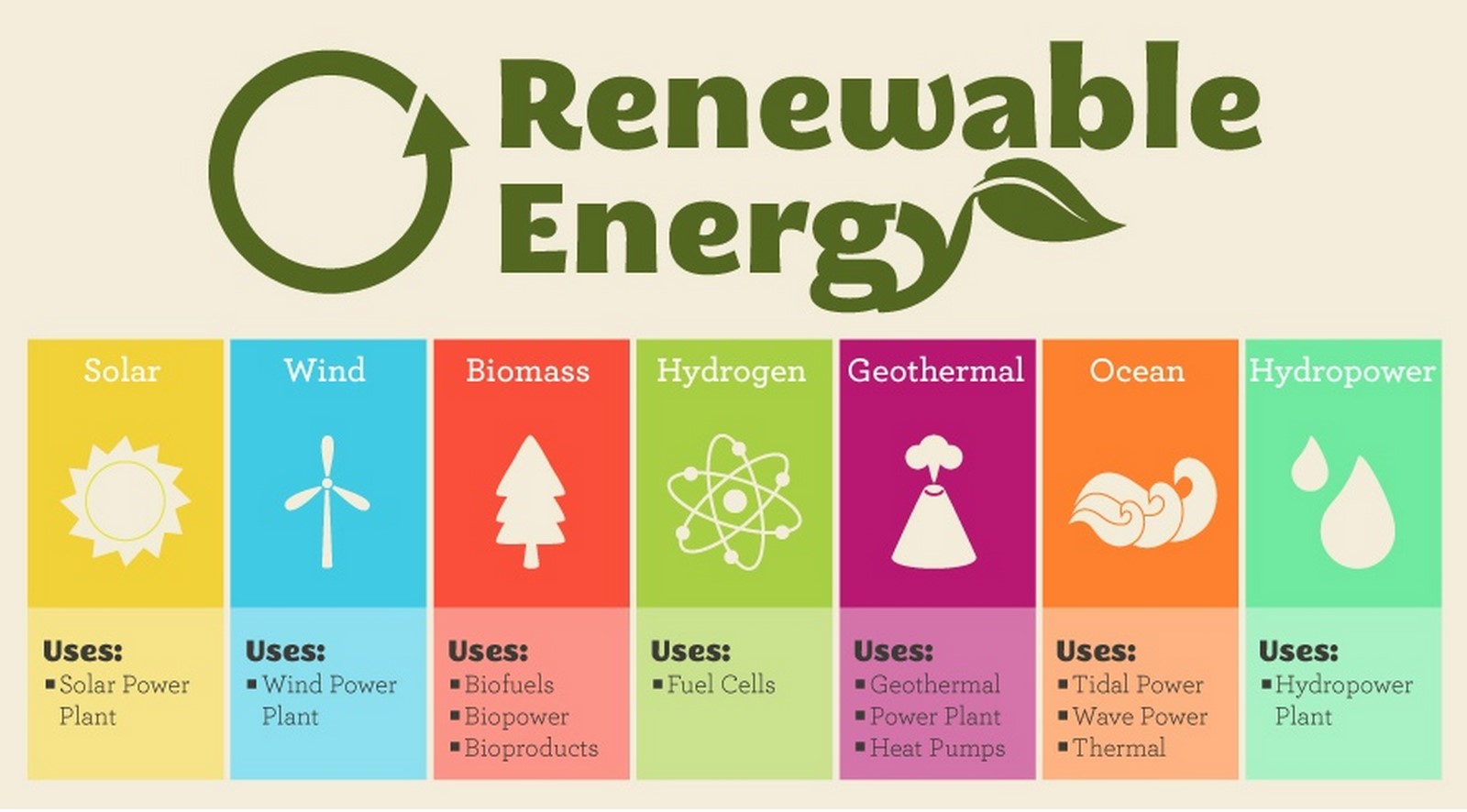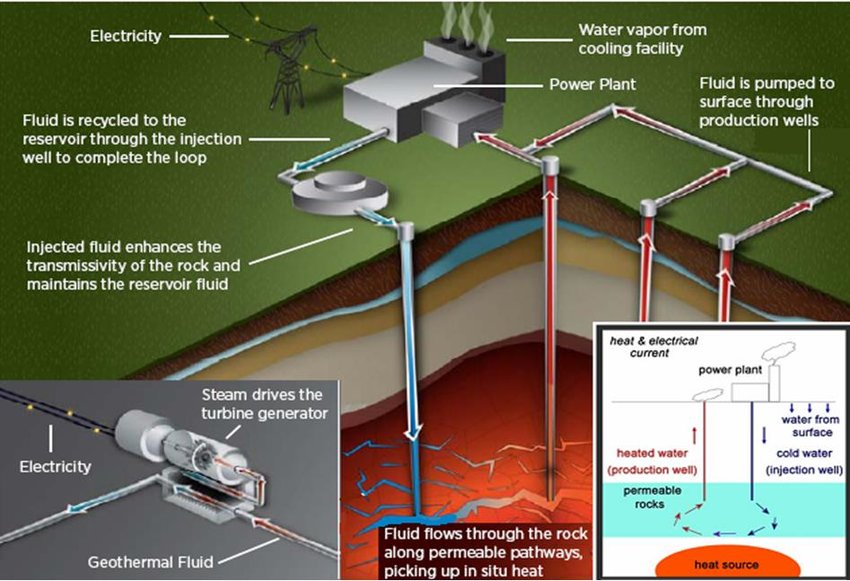
Overall, geothermal energy is a promising and largely untapped resource that can play an important role in meeting our energy needs while reducing our reliance on fossil fuels. However, it’s important to separate fact from fiction when it comes to understanding the benefits and challenges of this technology.
Reality: Geothermal plants produce very little greenhouse gas emissions and have a much smaller environmental impact than fossil fuel plants.
Reality: Geothermal power plants are actually some of the most reliable forms of renewable energy. Unlike wind and solar power, geothermal plants can operate 24/7, regardless of weather conditions.
Reality: While it’s true that geothermal resources are more abundant in certain regions, such as areas with active volcanoes or hot springs, advances in technology have made it possible to tap into lower-temperature geothermal resources in many other areas as well.
Reality: While geothermal plants do require a significant upfront investment, their operating costs are relatively low compared to other forms of energy. Over the long-term, geothermal power can be a very cost-effective solution for producing electricity.
Reality: While geothermal energy is not likely to replace all other sources of energy on its own, it can play an important role in meeting our energy needs. Additionally, ongoing research and development in geothermal technology is making it possible to tap into even more geothermal resources, which could significantly increase its contribution to the energy mix.
Reality: This myth is not more than a gossip. You have to take what you get from earth back to its original location again. There are many reasons for that. The main reason is just because earth core has endless heat therefore hot water is produced continuously. However, as you get the hot water in the plant, after you separate the steam, you just have to get the water back in to the place where it belongs to. So in this cycle it will warm up and ready for re-use as well.. Otherwise, if somehow the reservoir gets dried out whole investment will be off. But nevertheless the main issue is you run the hot water in a closed circuit and send it back always so nature will be protected as in its original formation.
Reality: Questions about how long Geothermal energy will last are common.
These questions are as old as Geothermal discovery itself.
However, it is essential to know that the Earth has vast Geothermal Energy storage that is impossible to deplete because Geothermal Energy is a part of the Earth’s existence.
Geothermal energy is a renewable energy and will never deplete. Abundant geothermal energy will be available for as long as the Earth exists.
Reality: Questions also exist about whether renewable energy sources such as Geothermal cannot contribute to the power grid 24/7.
The answer is quite the contrary. Geothermal energy is produced daily, seven days a week, and does not depend on weather conditions.
Reality: Unlike large wind turbines and solar panels, geothermal energy plants require smallest amounts of space including the heat exchangers.
Geothermal power stations averagely take up 404 square meters per gigawatt-hours, which is lesser than coal, solar photovoltaics, and wind power, which take up 3642, 3237, and 1335 square meters per gigawatt-hours, respectively.
Geothermal Energy as one of the top source of renewable energy is excellent option in favor of our world by helping cutting down carbon emission. One of the major advantages of geothermal energy is its reliability. Geothermal plants are more dependable than other energy sources such as solar and wind farms.. Its energy output remains steady 24 hours a day and seven days a week. Geothermal energy also can consistently produce more power than coal and natural gas.
Therefor Geothermal Energy plants needs the least land area amongst other energy types.
Reality: Even while working at full capacity, a geothermal power plant produce less noise level than many major factories.
Reality: Due to the fact that the delivery is continous, geothermal energy can work at full capacity non-stop axcept maintanance periods. Calculation of the energy produced in the given time is very different for solar, hydroelectric and wind energy palnts. These systems only rarely work at full capacity.
So with Geothermal plants more energy is produced for the same nominal power.
Reinjection
helps to maintain the pressure level in the reservoir. Another important benefit of reinjection is by continuous flushing of the rock matrix by the cooled water, the recoverable energy from the reservoir substantially increases.
Geothermal power
plants largely release only excess steam, with most plants discharging no air or liquid. This makes geothermal power plants a clean source of electricity and an important contributor to the nation's zero-carbon future.
Geothermal energy
is considered one of the most efficient and sustainable types of energy because it's a clean, reliable, and renewable resource. It uses the heat inside the earth's surface to generate electricity and provide heating and cooling.
Geothermal sources
are a renewable energy and will never deplete. Abundant geothermal energy will be available for as long as the Earth exists. It is a renewable energy source from the heat generated by the earth's internal core and is available 7/24/365.

Low carbon energy families:
Geothermal has some of the most potential with the fewest drawbacks.
Solar panels are capable of generating power with zero emissions. The generated power can be used to feed your energy demand, perfectly replacing conventional energy needs with green energy. Every kilowatt of green energy can reduce your carbon footprint by 3,000 pounds annually.
Wind energy is a viable alternative of fossil fuels. It does not emit CO2 or other air pollutants. It runs virtually carbon free for its lifetime.

